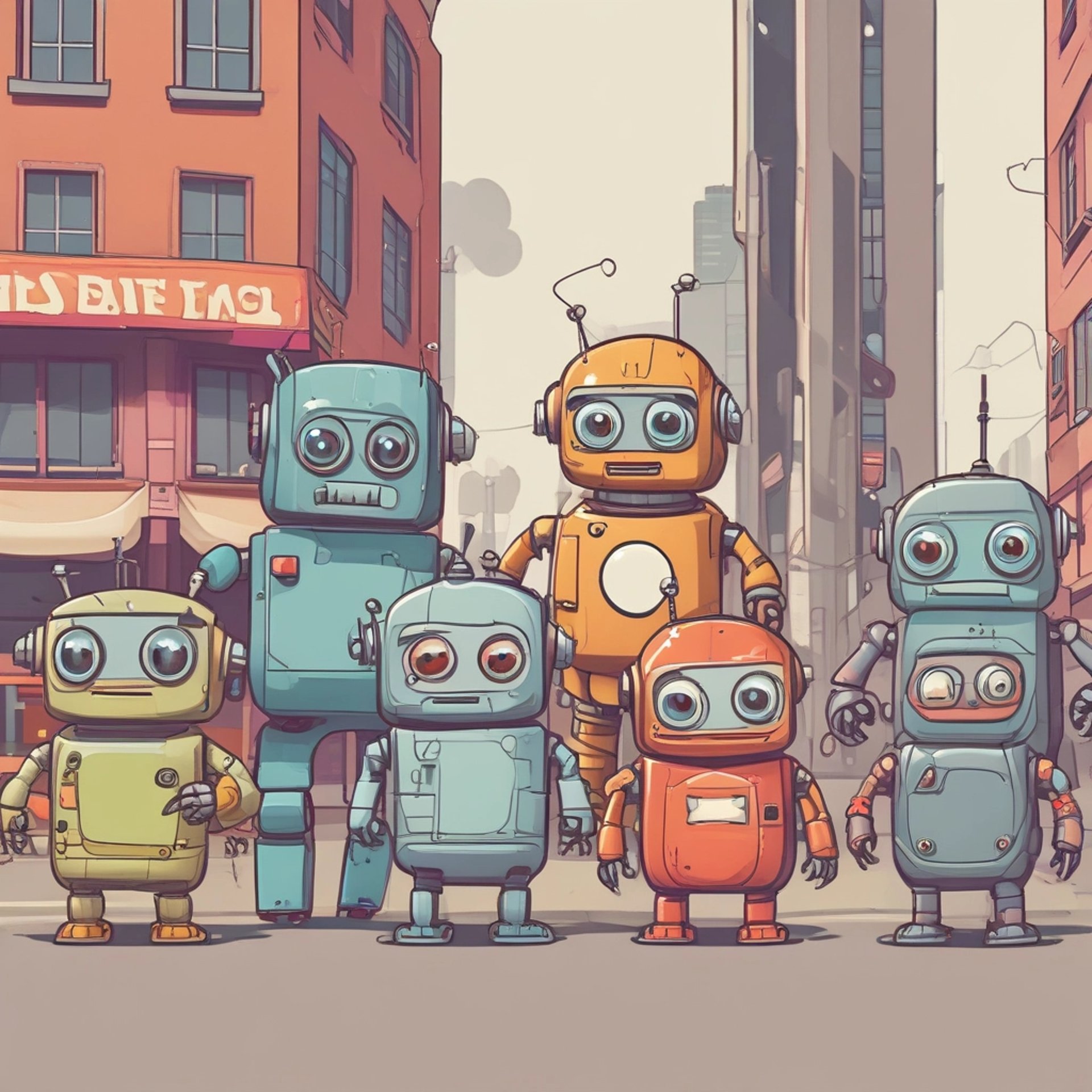What is the difference between emotions and feelings?
Hint: This is one of many possible answers.






The terms emotions and feelings are often used interchangeably, but in many psychological theories, they have distinct meanings.
1. Emotions: Automatic and/or linked to conscious reflection, physiological and motivational changes. Changes in subjective experience.
Definition: Emotions are complex responses to external or internal stimuli. Emotions involve different components such as physiological, behavioral, and cognitive. Emotions are caused by information processing that is known as "appraisals".
Characteristics:
Biological basis: Governed by brain structures like the amygdala, hypothalamus, and autonomic nervous system, but also other areas associated with thought and regulation. The biologically based structures interact with social situations and cultural contexts.
Fast and automatic: Triggered instantly by external or internal stimuli ... or
Slow and conscious: The result of conscious reflection
Universal: The foundations of emotions have evolutionary origins - in that sense there are similarities to non-human animals, particularly primates, but also between humans ... or ...
Cultural: From the earliest moments, culture plays a role in affecting what causes emotions, how they are expressed and regulated and when.
Short-lived: Last for seconds or minutes.
Example: If you see a snake, your body reacts with an emotional response—your heart races, and you might instinctively step back.
2. Feelings: Subjective, Mental Interpretations of Emotions
Definition: Feelings are the conscious, subjective experiences that arise when the brain interprets certain events or objects. Feelings are one component of emotions - it is not the same.
Characteristics:
Cognitive interpretation: Feelings are shaped by past experiences, beliefs, and social context.
Slower and more lasting: Feelings may persist for longer periods.
Highly personal: It is very difficult to describe feelings, but they seem to be very personal. In this sense they are not different than perceptions of taste or colors. Some people make fine distinctions, others not. Some people have strong aversions to a particular taste and others not.
Example: After stepping back from the snake, you might feel fear as a conscious awareness of your emotional state, and later, relief after realizing you are safe.
Example in Context
Emotion: You receive unexpected praise at work → You feel a rush of happiness.
Feeling: You later reflect on the praise and interpret the feeling as pride or satisfaction.
Conclusion
Emotions are immediate, physiological and behavioral reactions to stimuli, while feelings are the subjective, cognitive components accompanying those responses. Certain components of emotions come first, and feelings may follow. Feelings may change over time.

